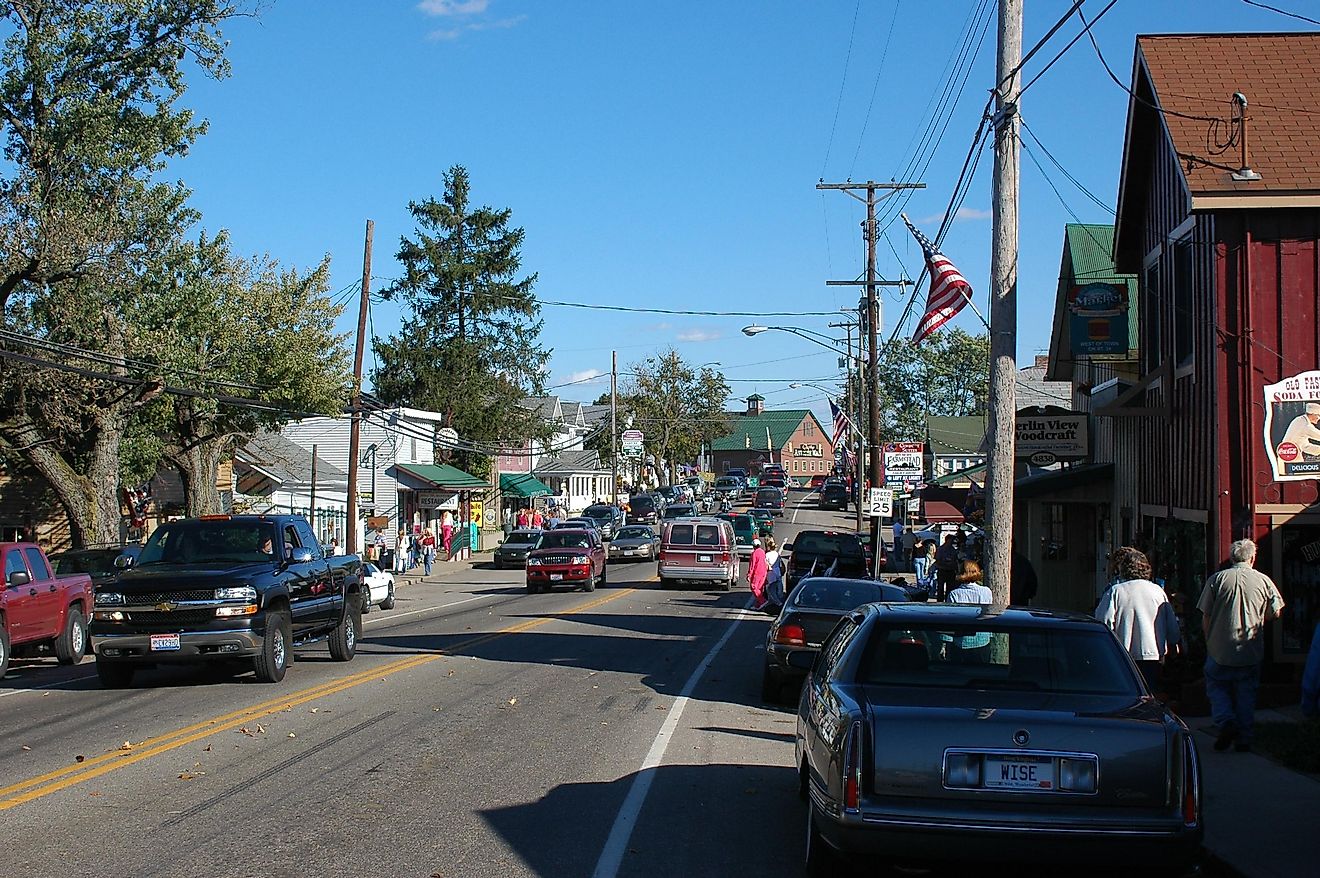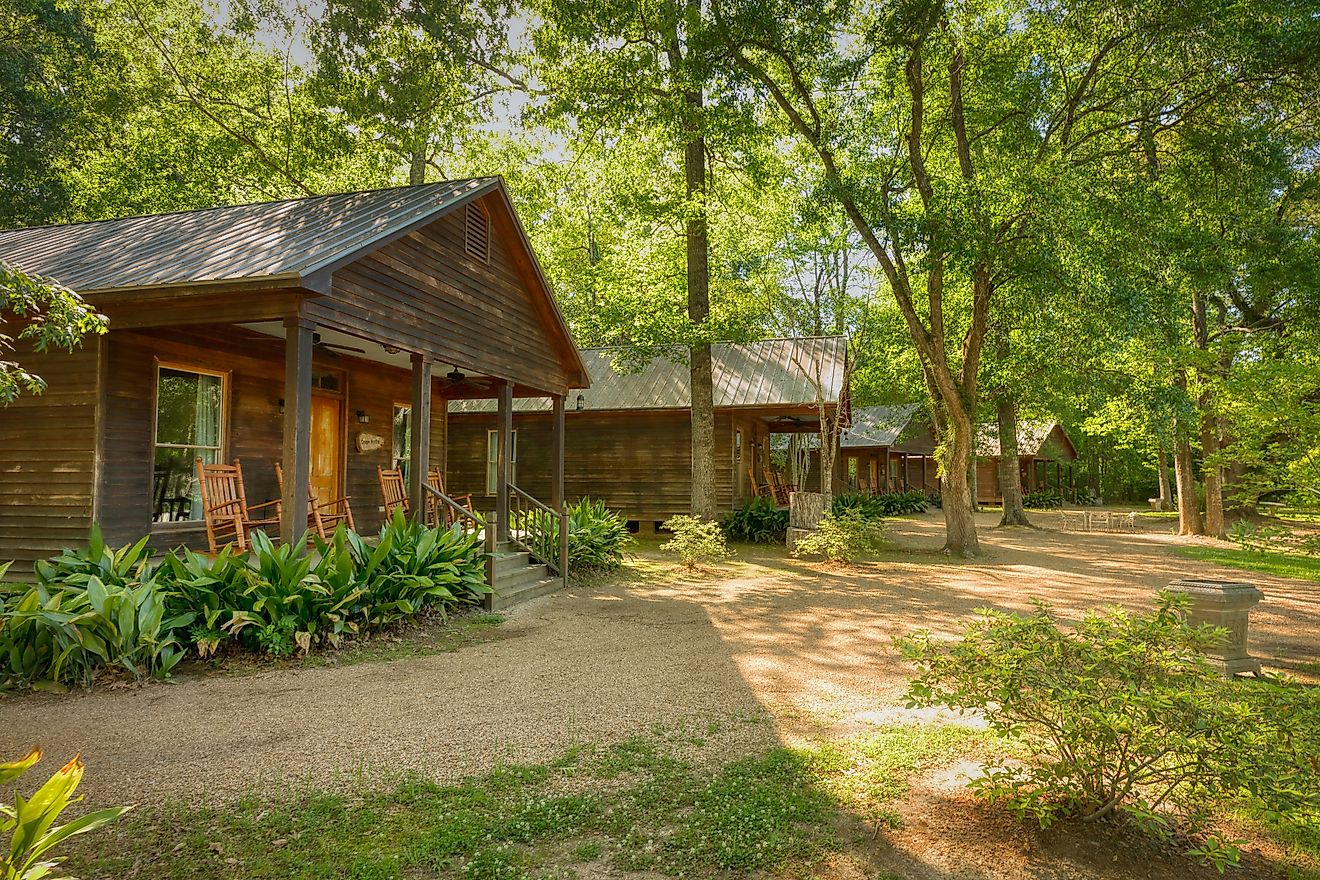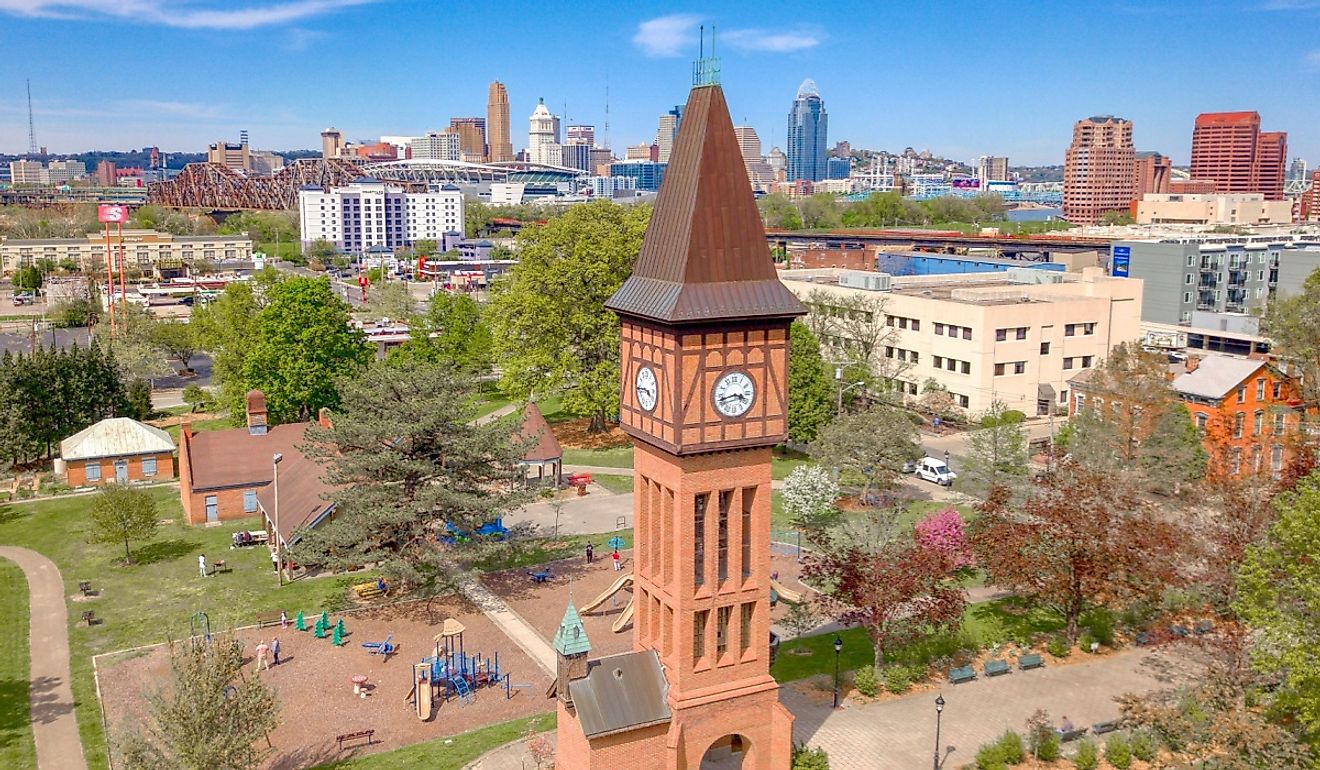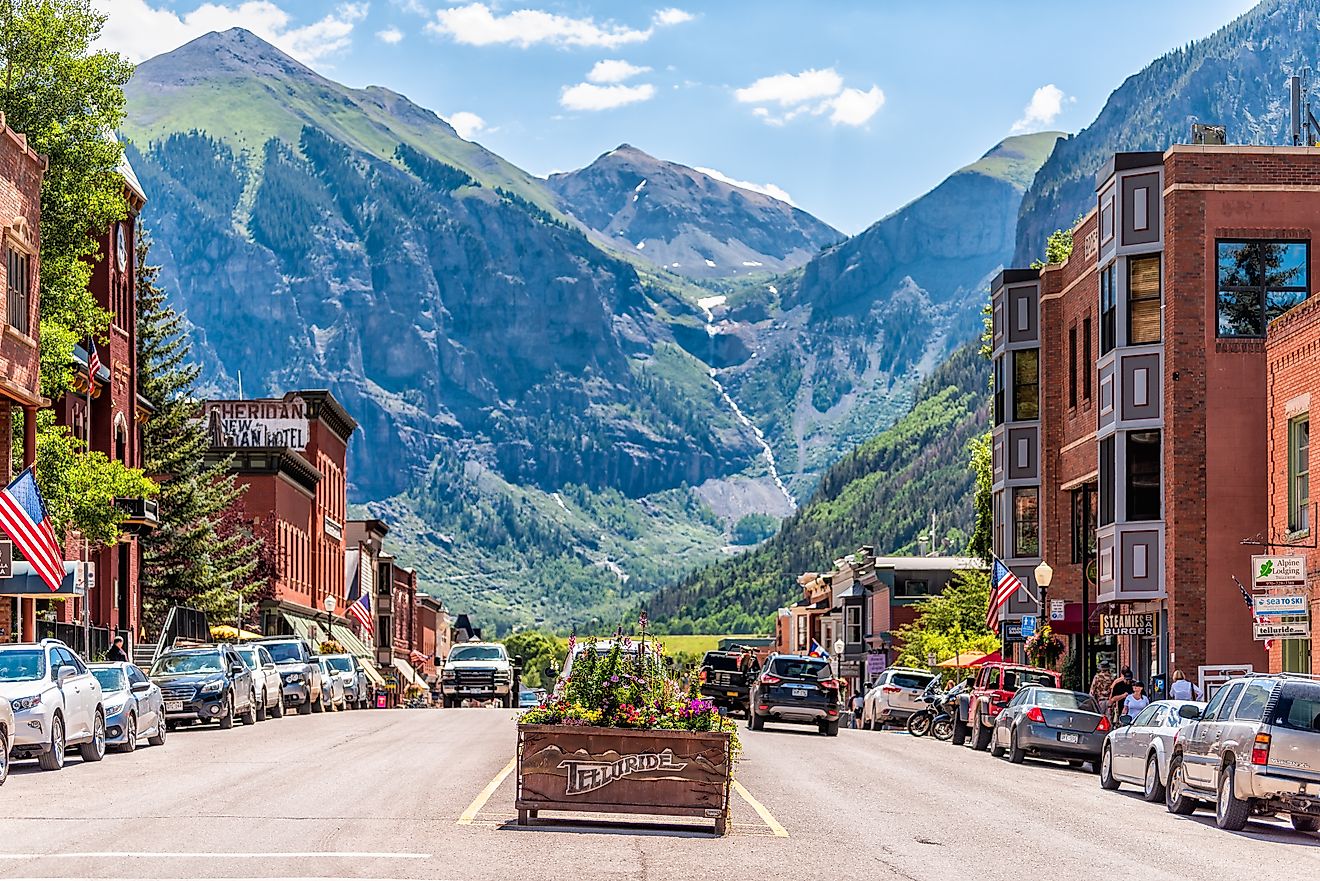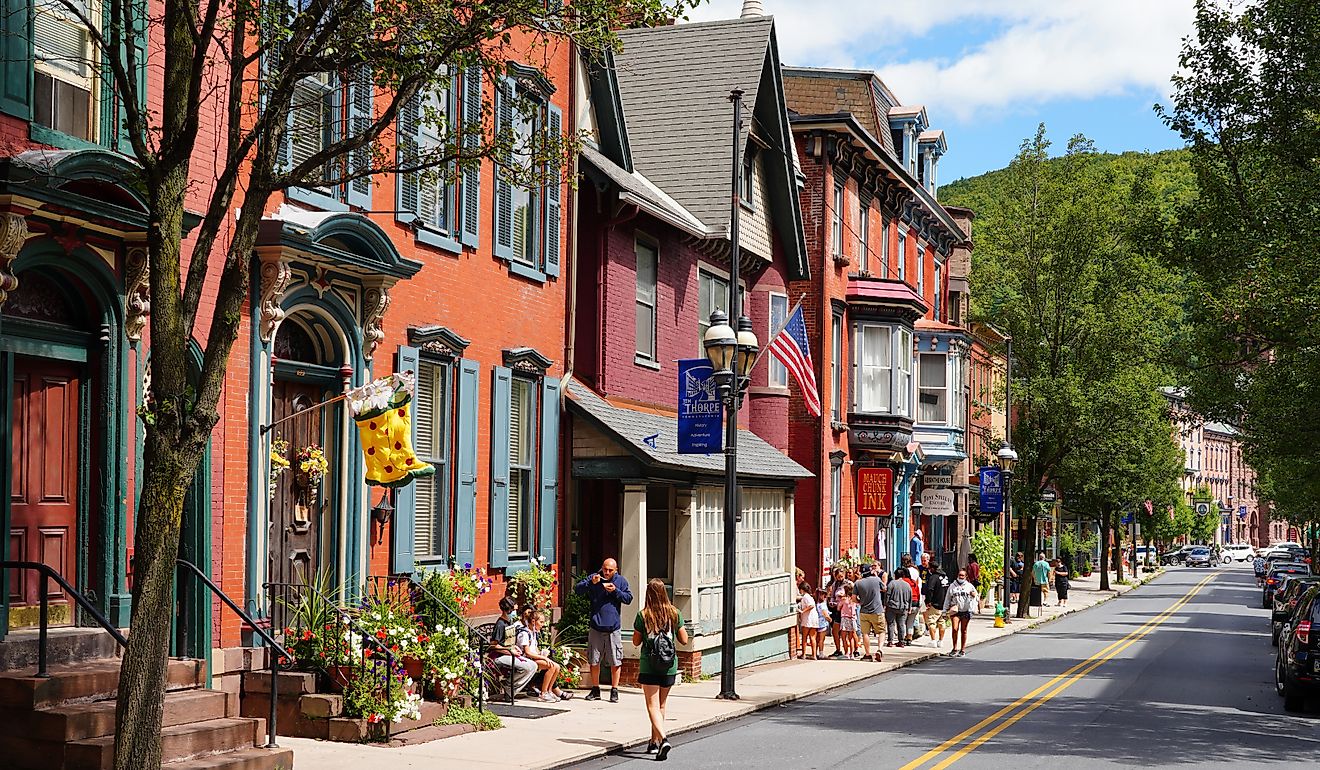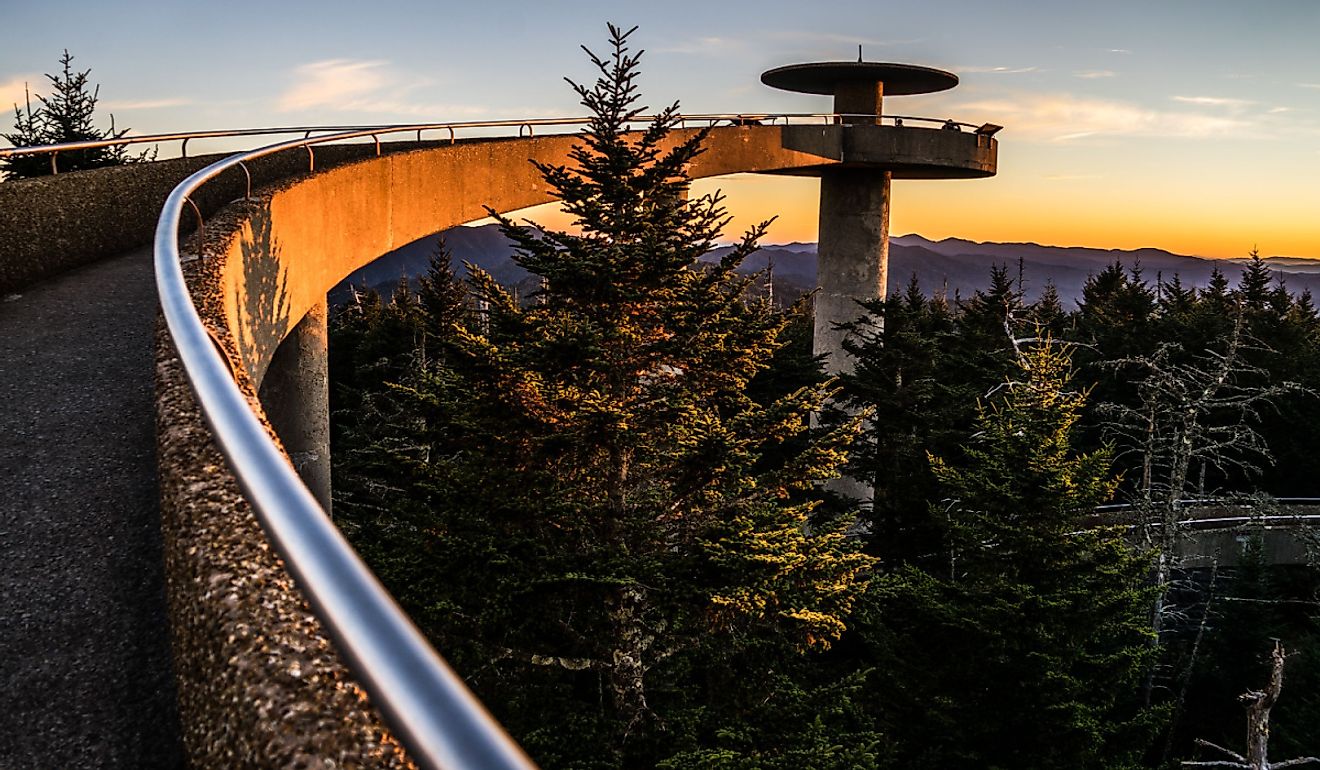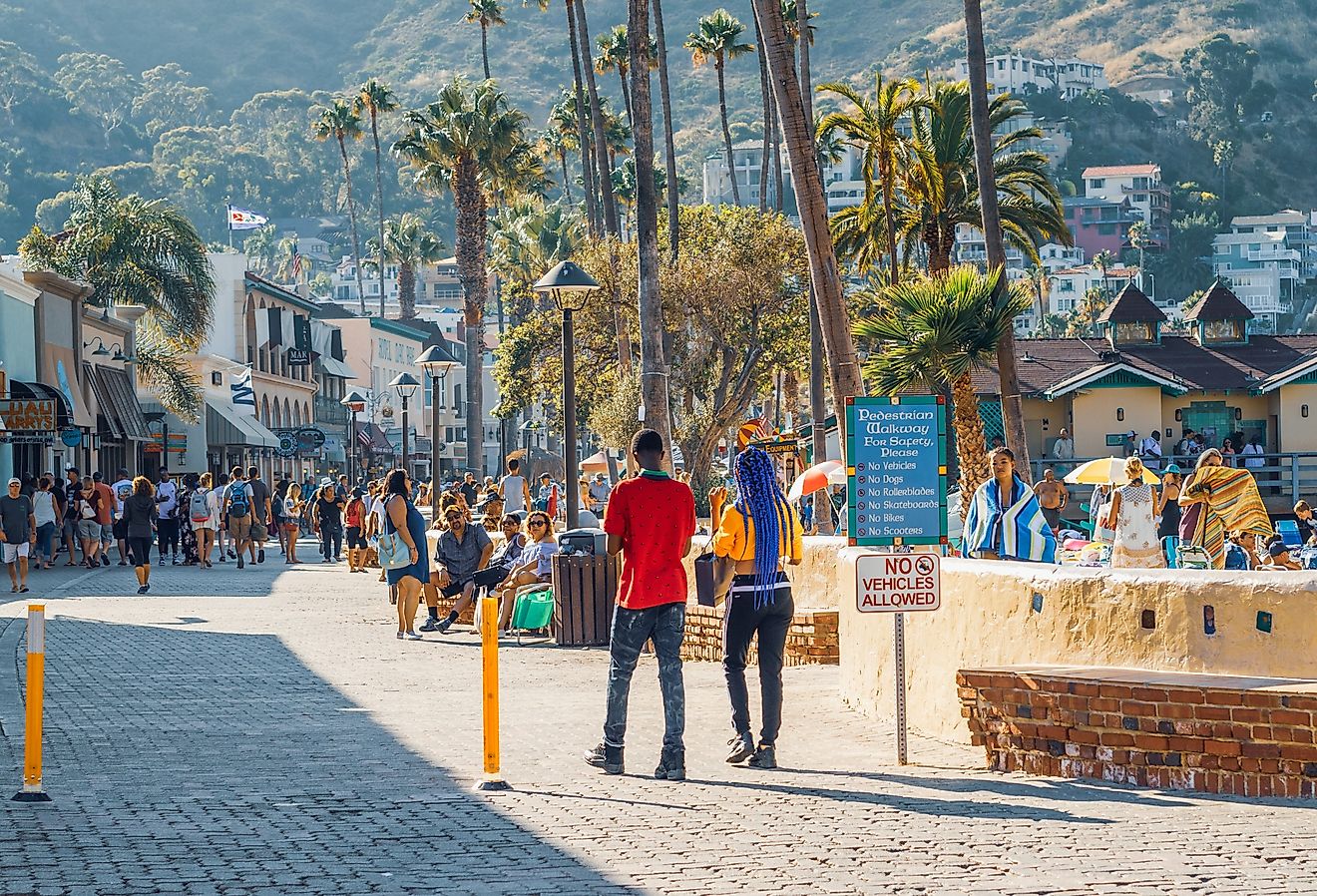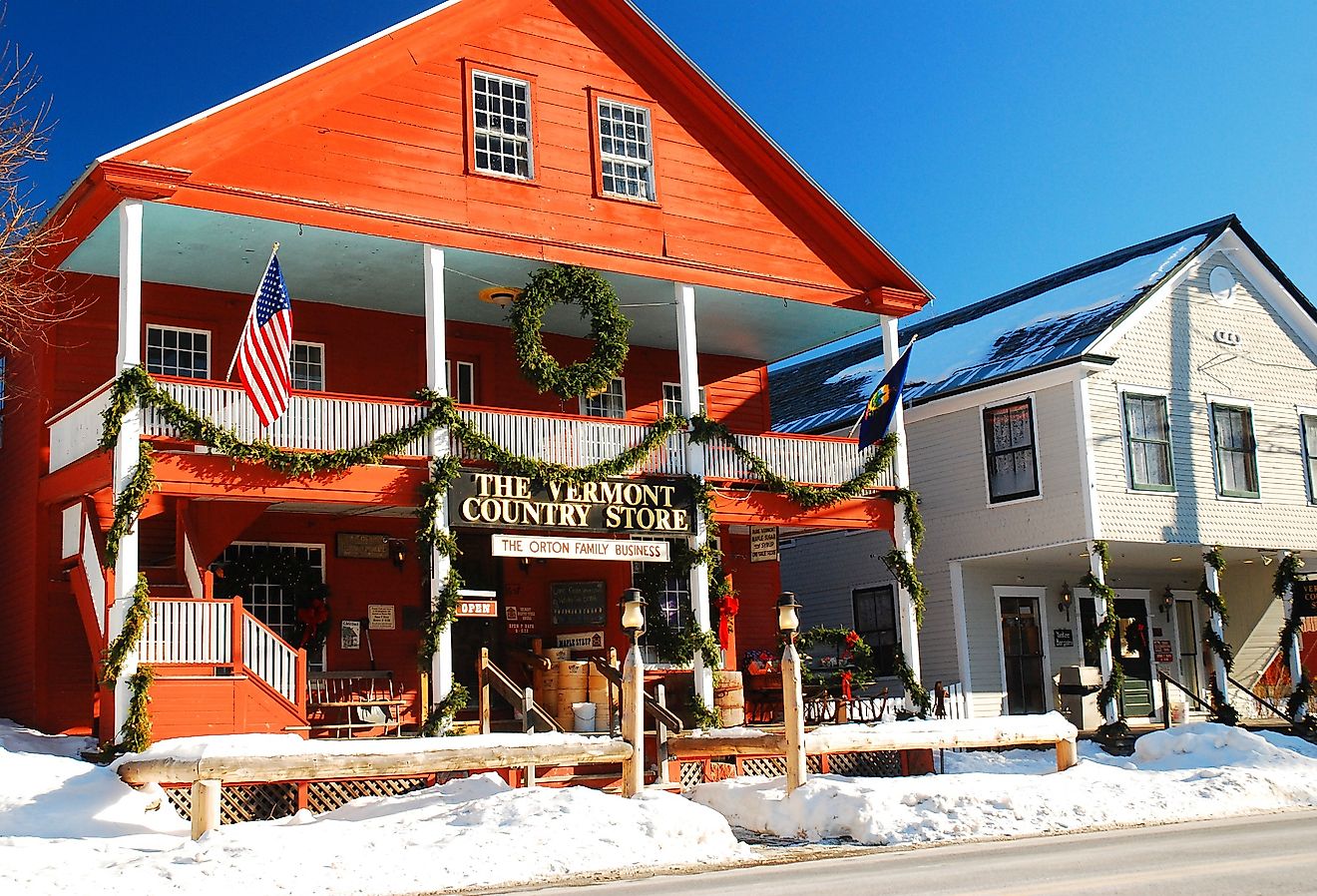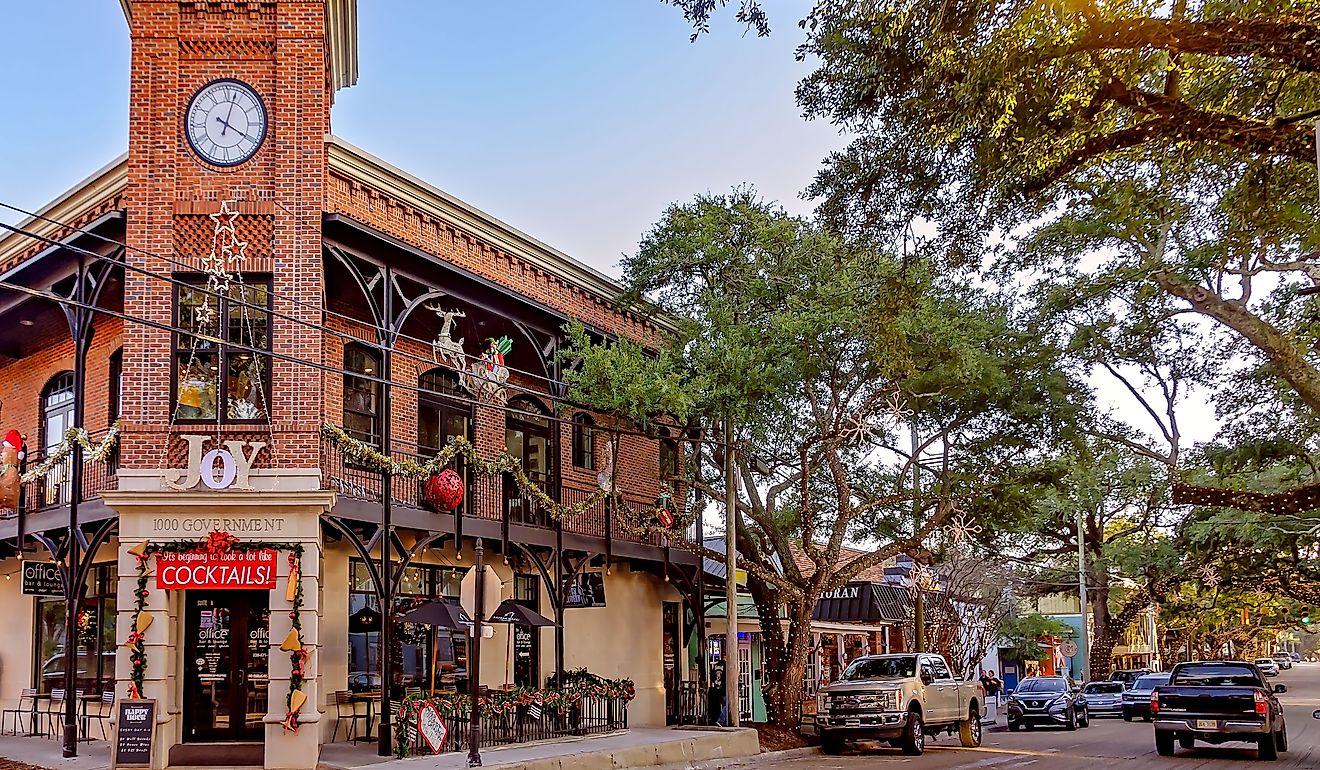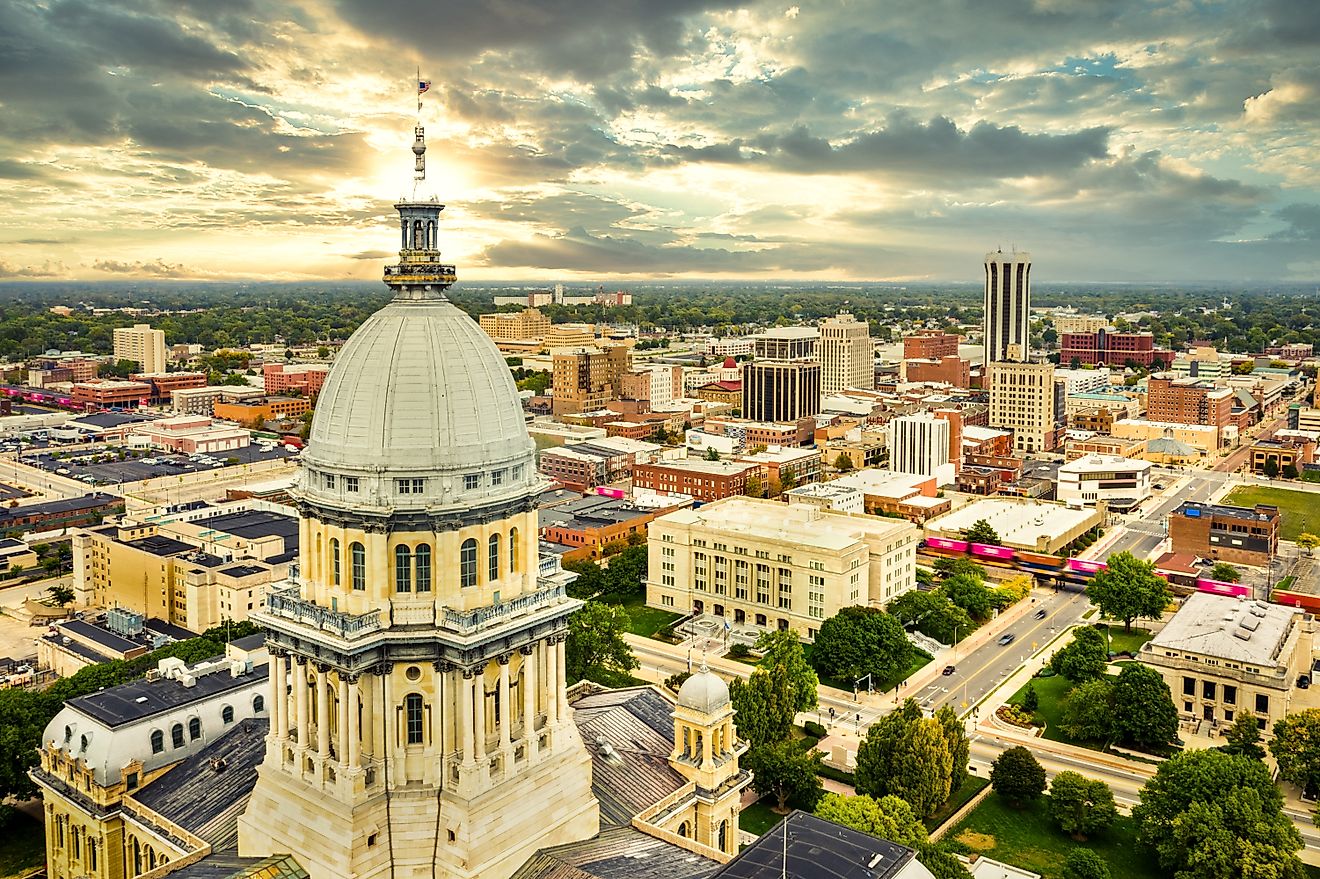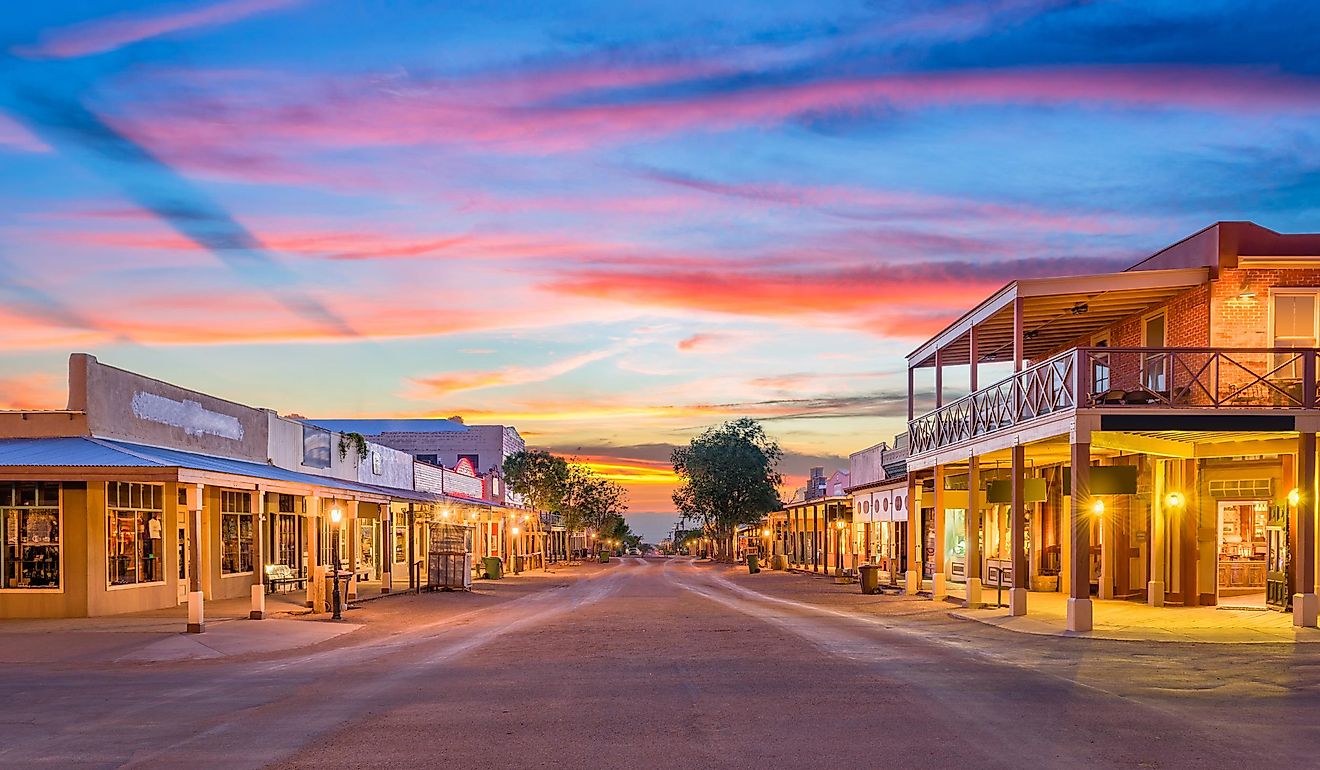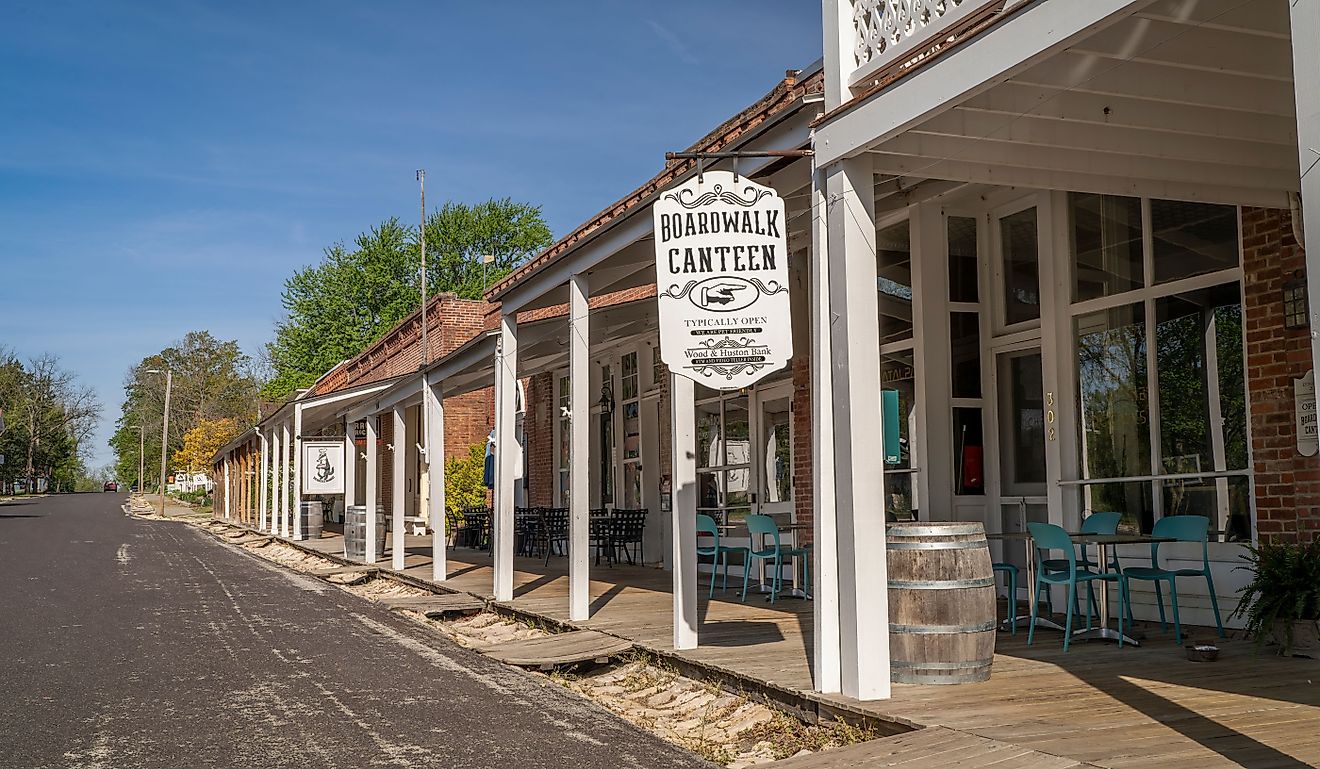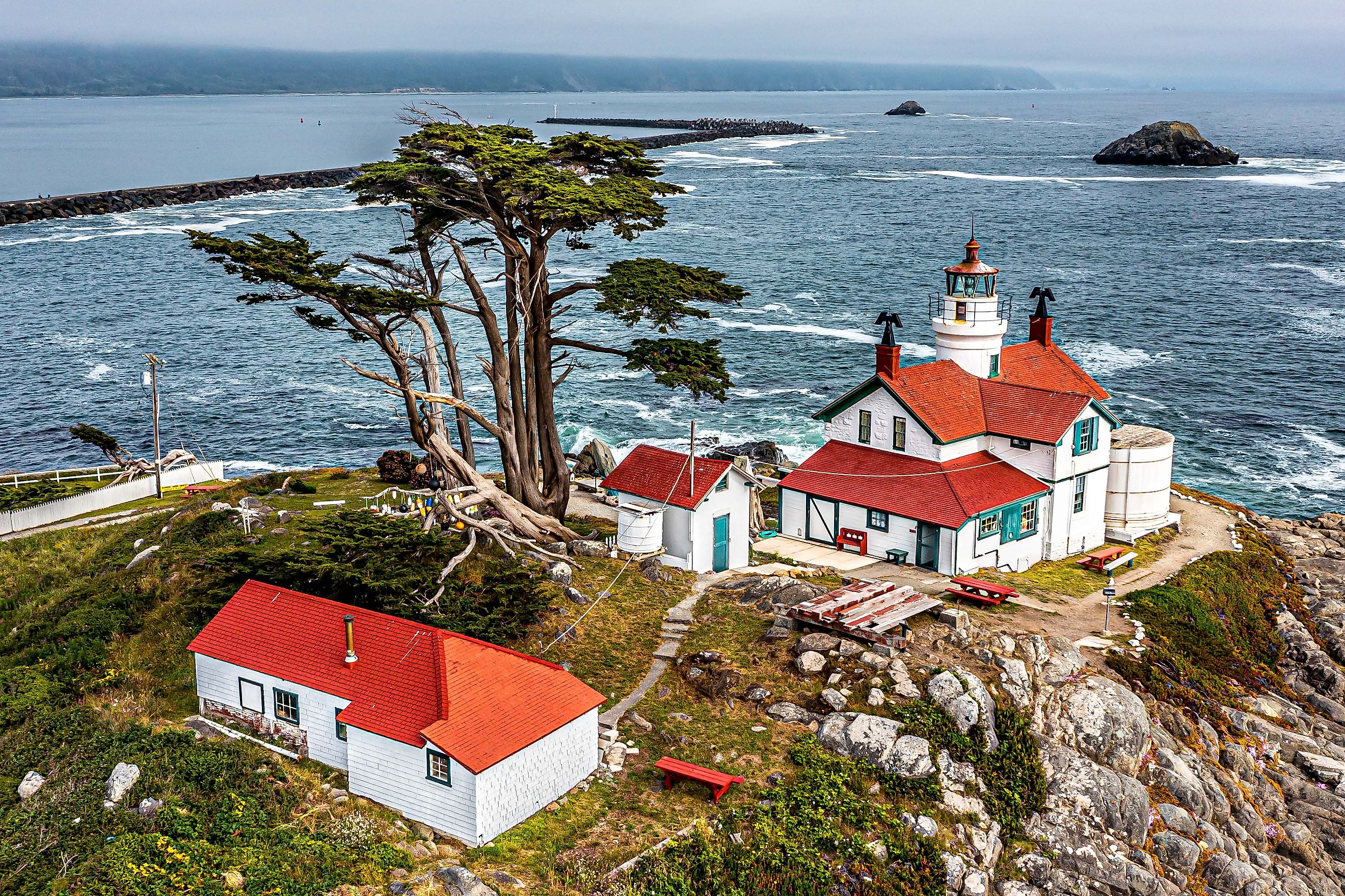
8 Oldest Founded Towns To Visit In Northern California
Northern California is often spoken of as a separate culture from the southern parts of the state. To be fair, some distinctive features of northern California set it apart from the south. These features include the vast forests, mountain ranges, and wild atmosphere still permeating the landscape. However, many people don't realize that parts of north-central California share its history with Spain and Mexico. You can still see old-styled Spanish churches and homes in some small towns and cities. Read on the learn about Northern California's diverse and exciting history.
Marysville

Marysville is officially the oldest settled town in Northern California. Founded in 1843 by settlers from the East, the first non-native explorers arrived in 1828. The legendary Jedidiah Smith was among those who arrived in the area at this time. However, the settlement of Maryville's area goes back much longer than just a few hundred years. The Maidu people lived in this region of northern California and the surrounding areas for over 10,000 years. This is the place to visit if you're looking for a town steeped in history.
Two of the main historic sites you must visit are the Silver Dollar Saloon and the Bok Kai Temple. The Saloon is still designed in its original Western style with authentic yet comfortable accommodations. Bok Kai Temple was built in 1854 but was burned down and rebuilt in the 1880s. The temple offers devotees of the deity Xuan Wu a place of worship and reverence to this day. However, tourists and visitors can book an appointment or join a tour to see the beauty of this structure and its history.
Crescent City

Crescent City is located very far north on the coast of the Pacific Ocean. A prime place for fishing for centuries, Crescent City still offers excellent fish, mussels, and other sea foods. It's also well known for its unique hiking, biking, and nature paths.
Crescent City is located in Del Norte County, one of the oldest settled regions of Northern California. While the town has been the home of the Tolowa people for centuries, Jedediah Smith was the first European explorer to the area. He nicknamed the region "the end of the world" or "lands end," owing to its location on the Pacific Ocean. Crescent City Harbor is a moon-shaped harbor that is the main coastline of the town. It's a beautiful place to spend the day and enjoy the water, sunshine, and sand. Afterward, you can enjoy delicious seafood caught fresh from the harbor waters.
Alameda

Alameda just makes the cut for qualifying as a northern Californian city. It's just north of San Francisco, which is considered the most populated city in northern California. Alameda qualifies as a northern Californian city. It shares its name with its home county, Alameda. Its part of the San Francisco Bay Area.
Before the arrival of the Spanish, Alameda was inhabited by a small group of members from the Ohlone tribe. While the Spanish explored and claimed much of California in the late 1500s, most of Northern California wasn't explored until the 1700s. Mexico governed Alameda until they lost the area to the U.S. in 1848 after the Mexican-American War. Before its incorporation in 1852, Alameda was known as Encinal. The city remains a historical city with a modern touch. Check out South Shore and the old Naval Base portions of the city for some unique urban exploration!
Oakland

Oakland is located just north of Alameda along the Bay Area of San Fransisco. It's not a huge town, with just under 80 square miles of surface area. However, it does have over 440,000 residents as of the 2020 census.
The city was officially incorporated in 1852 in the U.S. but had a history that goes back much further in time. It shares a similar history as Alameda, with the Spanish Crown sending settlers to the region in the 1700s. However, native tribes known as the Huchiun peoples (later called the Ohlone tribe) lived here for thousands of years. Oakland offers visitors both a historic and modern flair. Visit the local female-owned businesses and engage in the pride festivals! Also, experience the great outdoors and historical sites on the city's many tours.
Eureka

Eureka is a town in the Redwood region of Northern California. As part of the North Coast of the Redwood Empire, it mostly consists of northern rainforests and wildlife. But Eureka has a vast history spanning thousands of years with several historical sites.
Eureka used to be called Jaroujiji by the native Wiyot tribes. This name loosely translates as the place to be seated and represents the location's importance to the tribes' people as a permanent settlement. European settlers later named this location "Eureka" as it was a hot spot during the gold rush. Visitors will still find historical sites within the old sections of the town. The Carson Mansion is located in Old Town, Eureka, and was designed in the style of Queen Anne Architecture. Visitors can take photos of the lovely structure, although interior tours have not yet opened up to the public.
Yreka
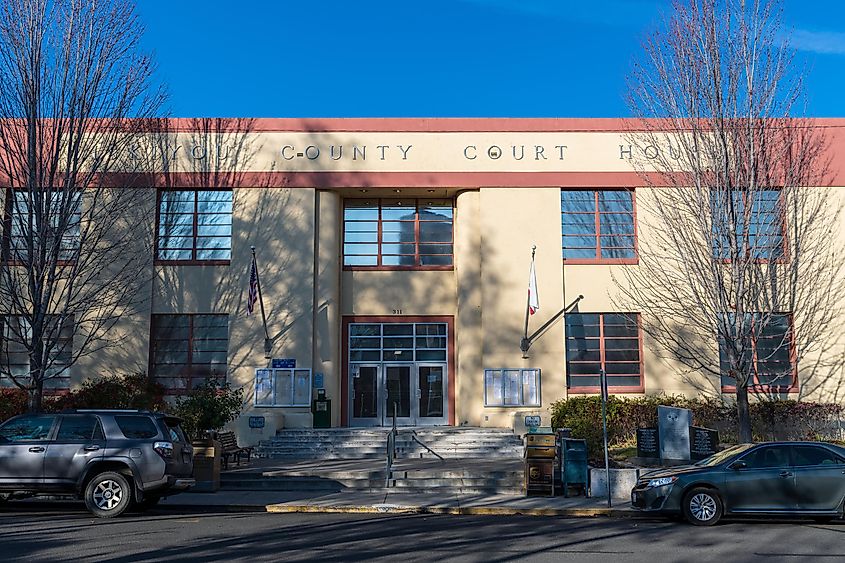
Yreka is a small town of approximately 10 square miles and just over 7,000 residents. Despite its size and relatively low population, it has great nature paths at Greenhorn Park and historical sites. In 1851, a mule train packer named Abraham Thomspson found gold near the current location of Yreka. Thanks to this discovery, people started pouring into the area to mine the mineral-rich land. As people began settling, the town of Yreka was created and established.
To the north of Yreka are the Siskiyou and Shasta Mountains. These mountains are a hotspot for legendary and paranormal phenomena, with legends of strange events dating back thousands of years. Yreka is the place to visit if you enjoy ancient myths, odd occurrences, and charming historic city sites.
Petaluma

Petaluma is a town in Sonoma County, Northern California. It's just over 14 square miles of surface area and has just under 60,000 residents. Its located near the Petaluma River and was an important space for the native Miwok tribes, who named the area Peta Luuma.
Non-native settlers first settled in the area in the early 1800s. A 66,000-acre farm was granted to Mariano Guadeloupe Vallejo in the 1830s, becoming an important part of Mexican dominance in California. However, Mexico lost the land and was later incorporated as a town in the U.S. in 1856. However, much of the ranch is still around for tourists and visitors to see and experience today. You can visit the Rancho Petaluma Adobe and tour the historic home. Or, you can visit the home of Jack London not far away!
Sonora

Sonora is a quiet, small town in north-central California. It has a surface area of 3.18 square miles and just under 5,000 residents. Despite its small size and relatively small population, this old western town offers plenty to do and see! Officially established in 1850, Sonora started as a gold rush town. Mexican miners were the earliest non-native settlers to Sonora. The city gets its name from the Mexican city of Sonora, where many immigrants came from.
Visitors to the city should experience first-class dining and shopping in the downtown area. Although, don't miss the historic churches and homes scattered through the historic districts of Sonora. The old Episcopal Church on Washington Street is one of the most popular historic sites with beautiful 19th-century architecture.
California has a vast and unique history that spans thousands of years. Not only were the native tribes living in the region long before colonial arrival, but it also shares its history with Mexico. In many towns and cities of California, old Spanish structures can still be seen. This diverse history gives the Californian landscape a colorful look with a lot of unique experiences. Northern California is worth visiting if you're looking for a place with diversity and history spanning thousands of years.
